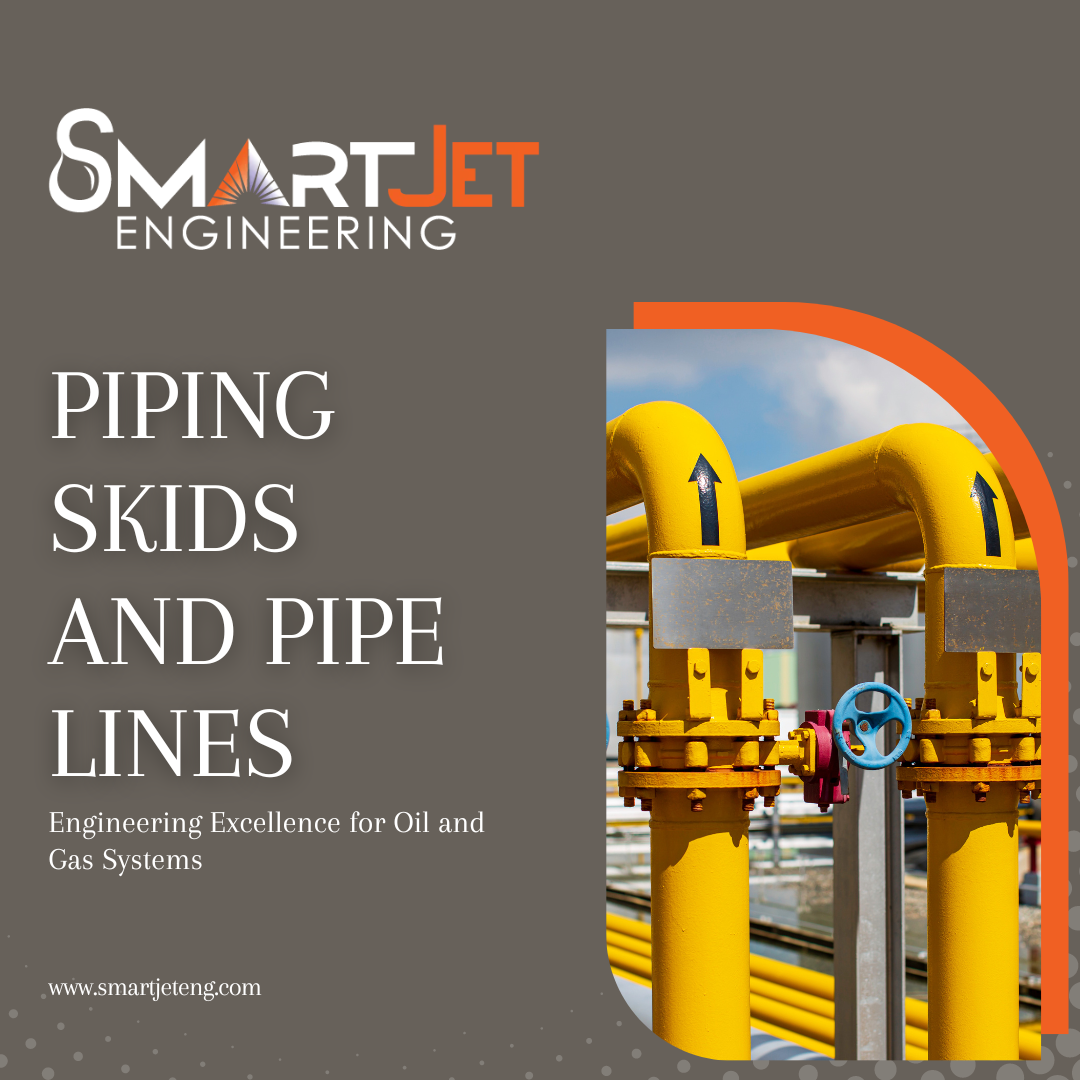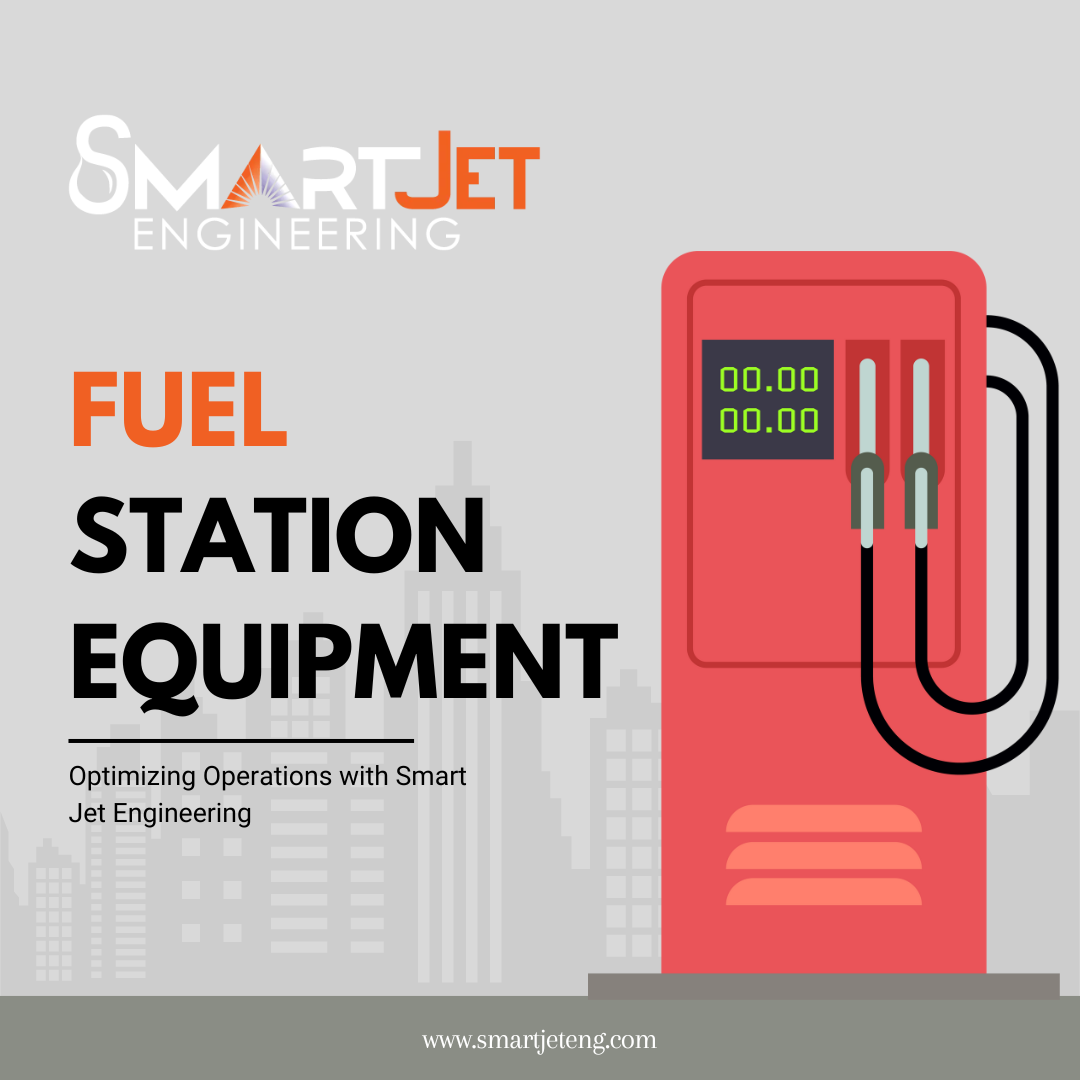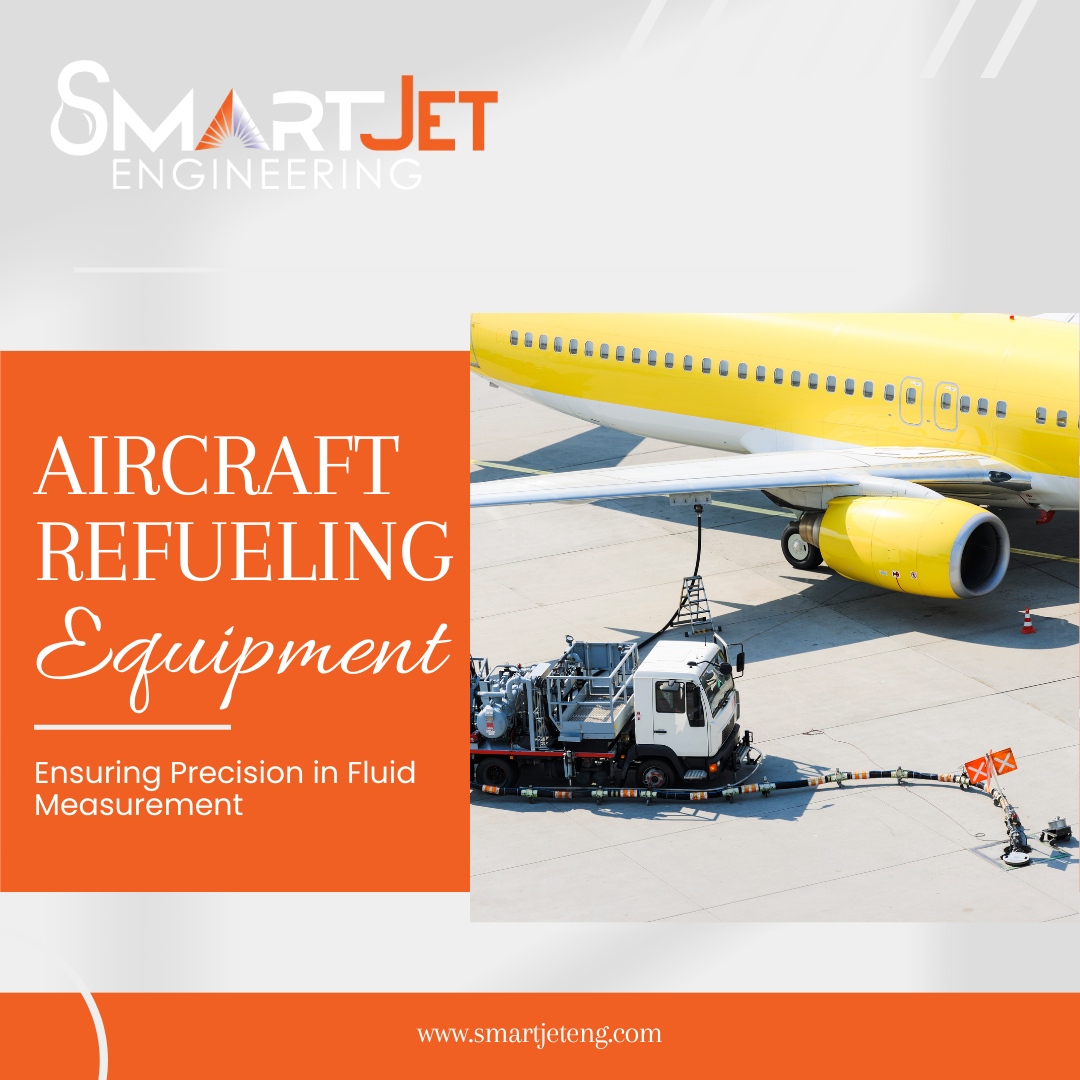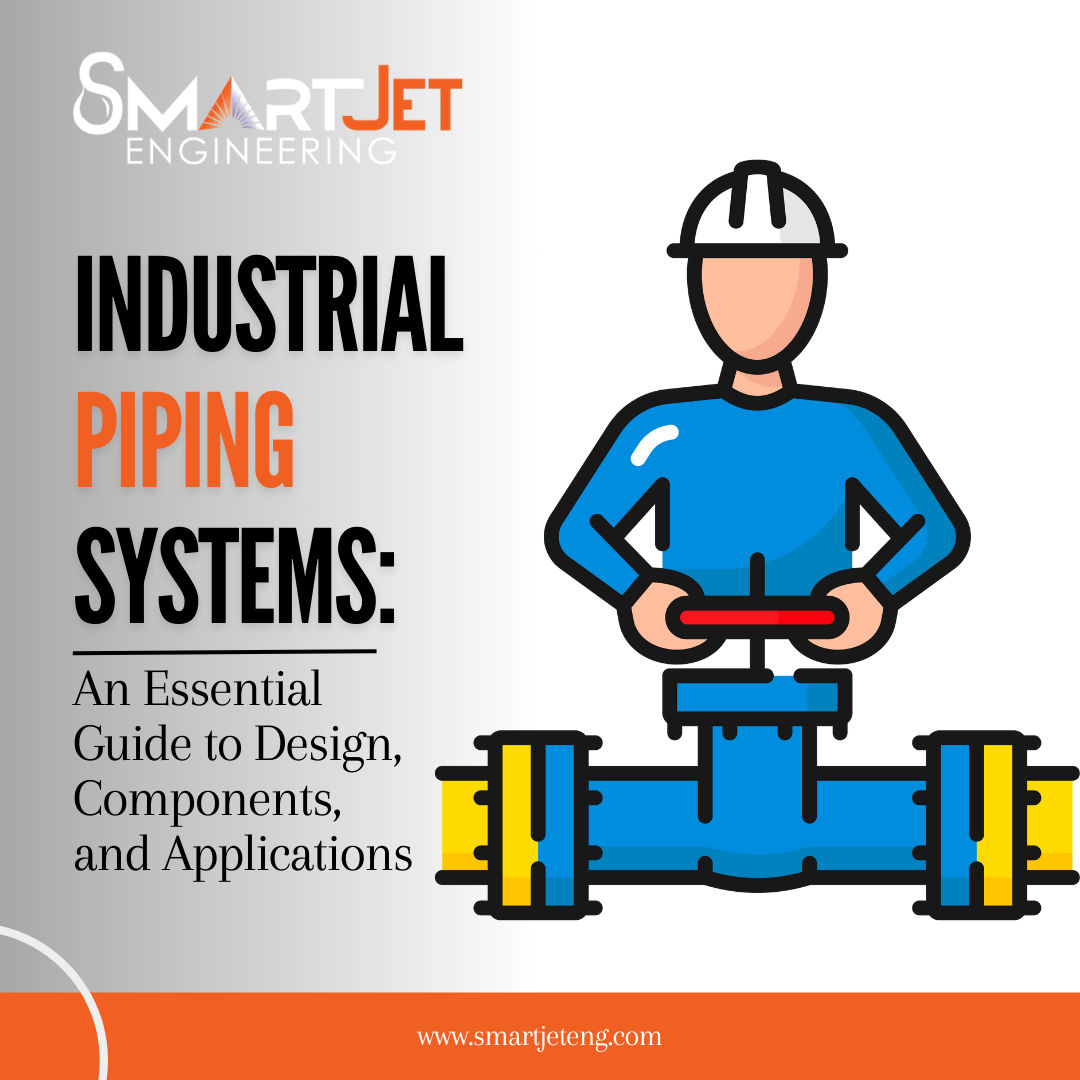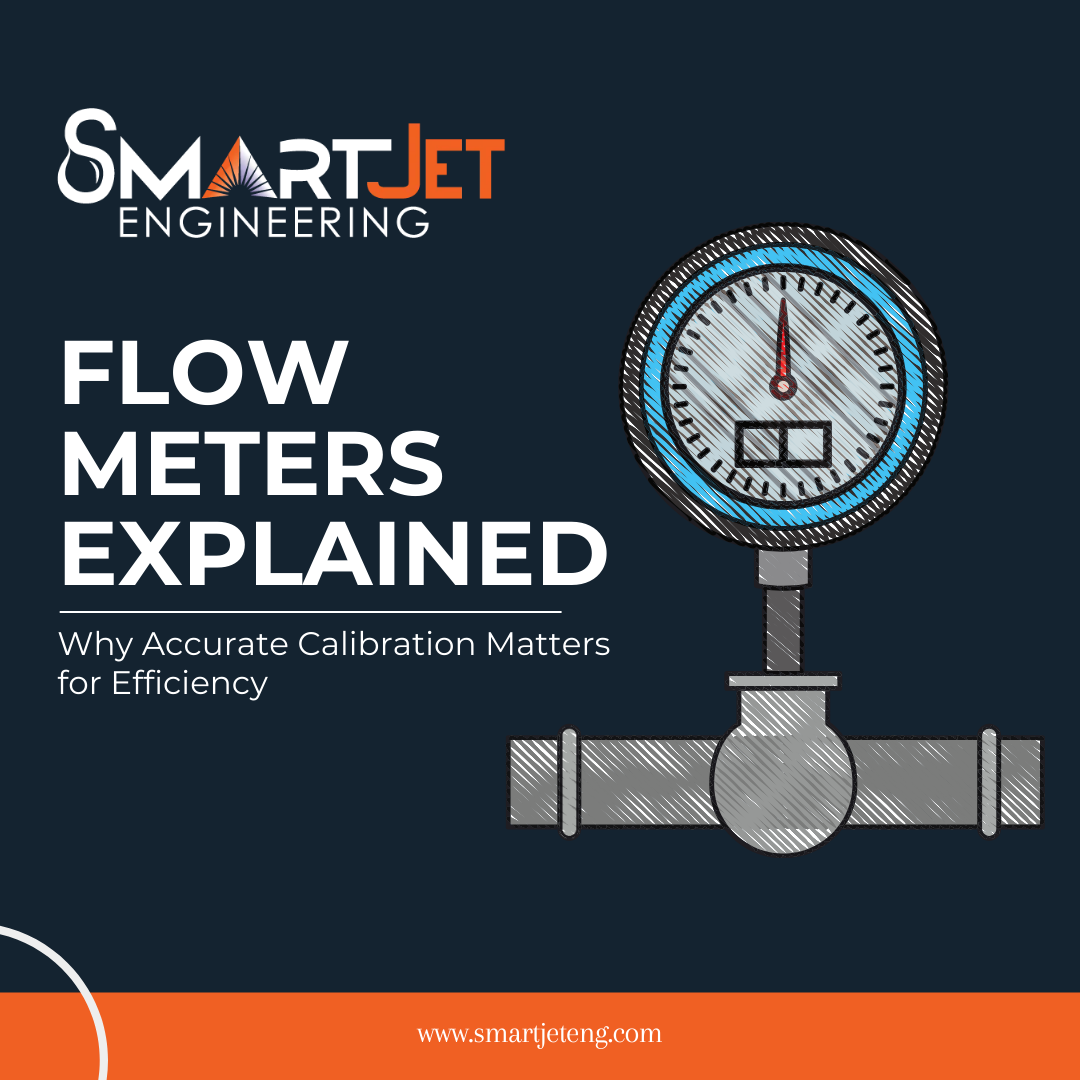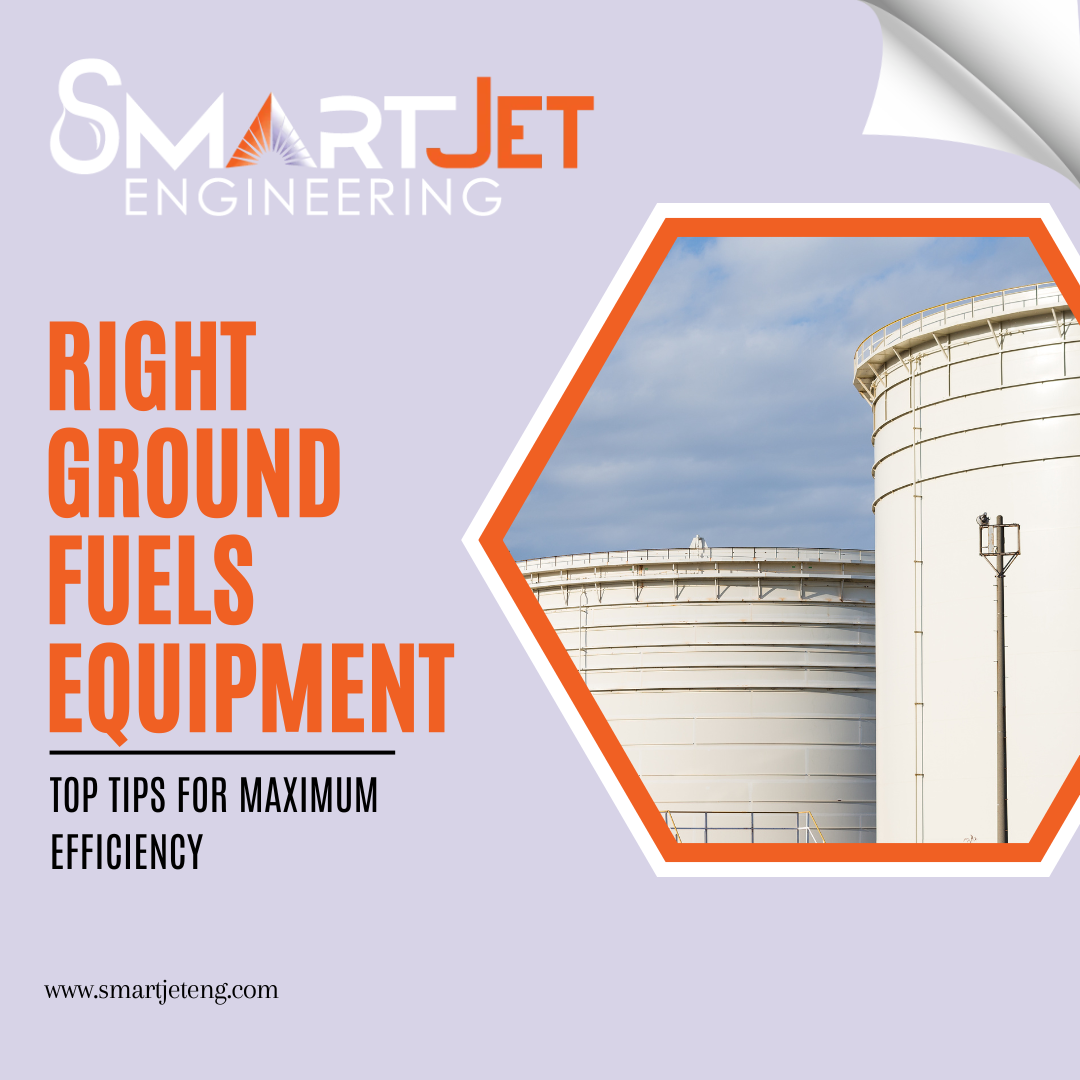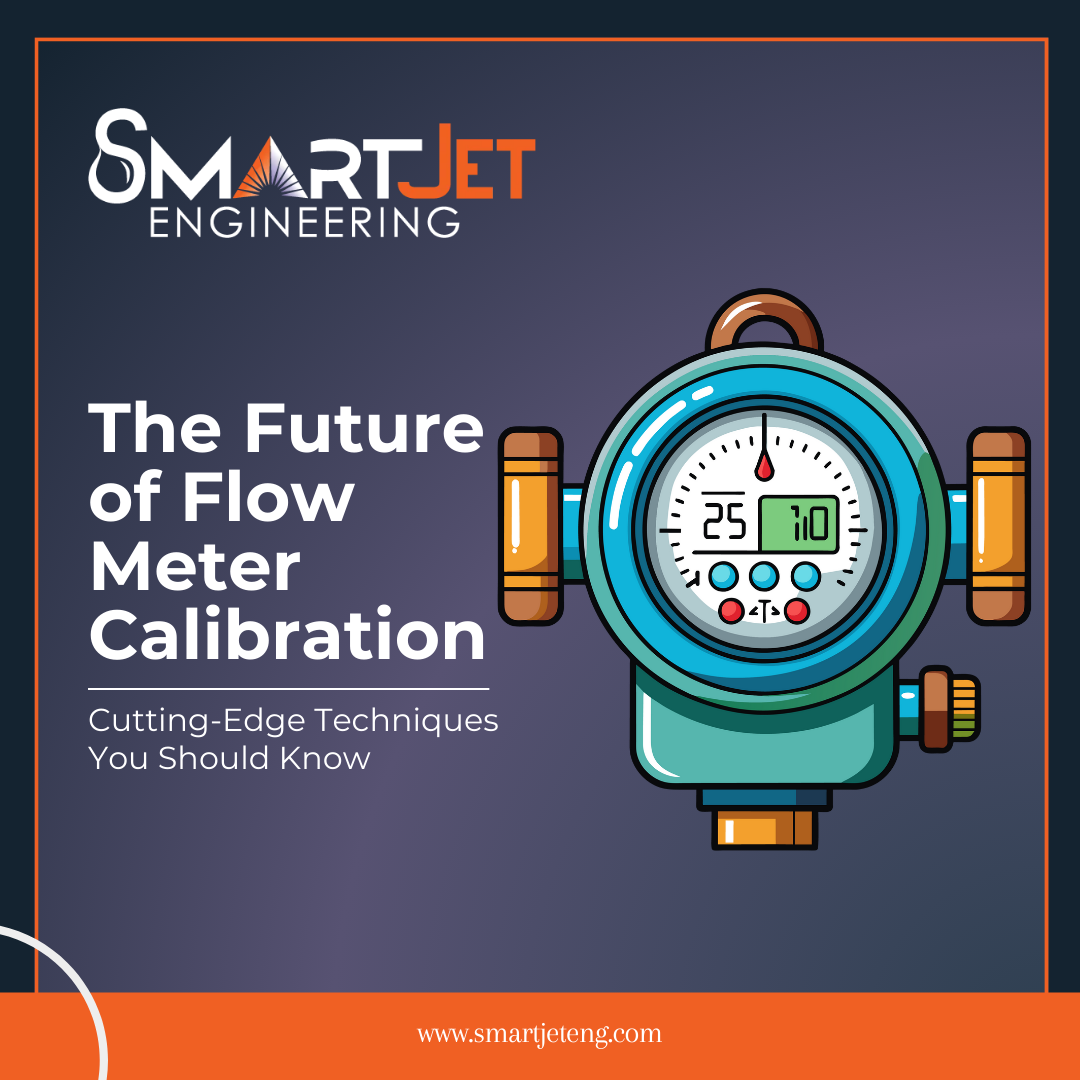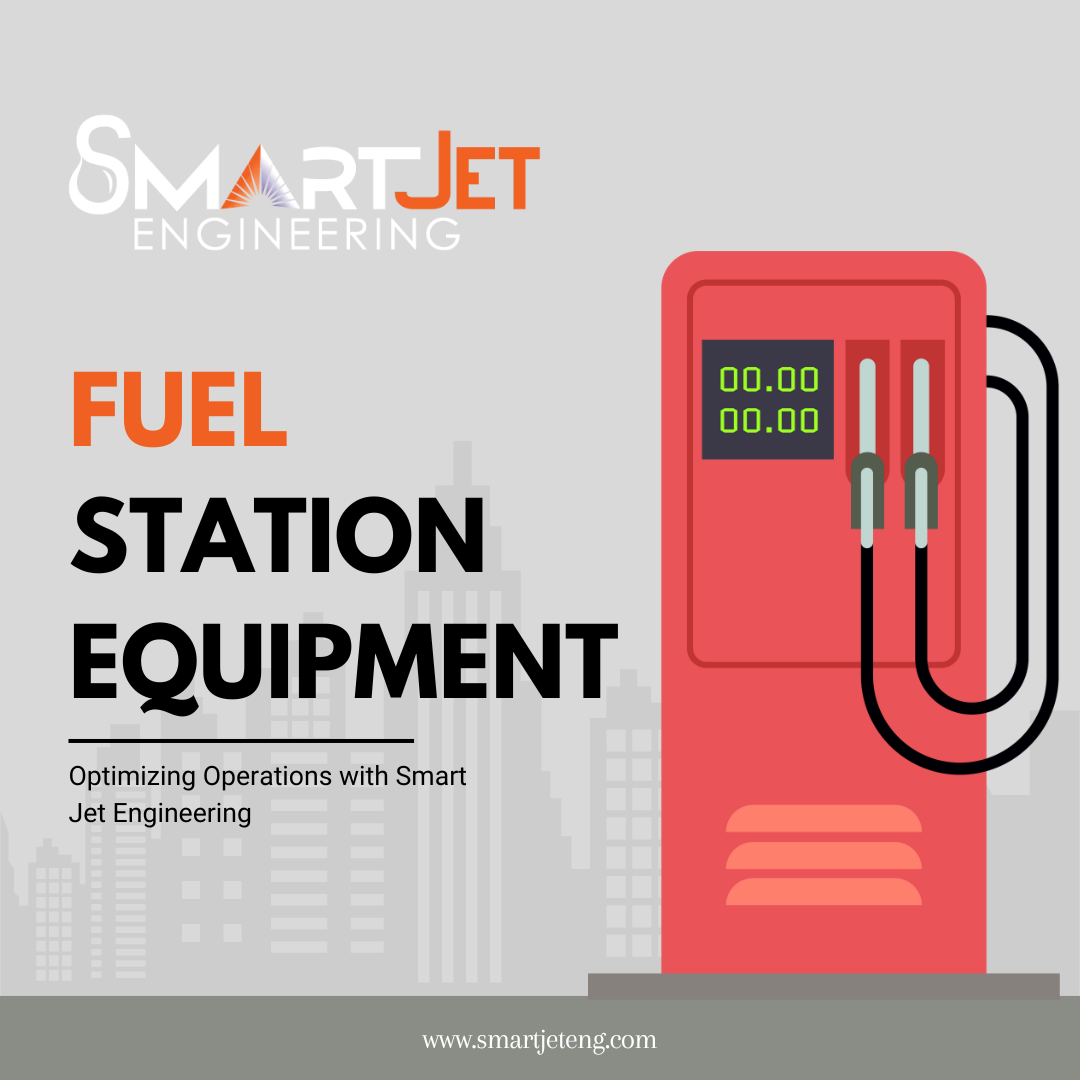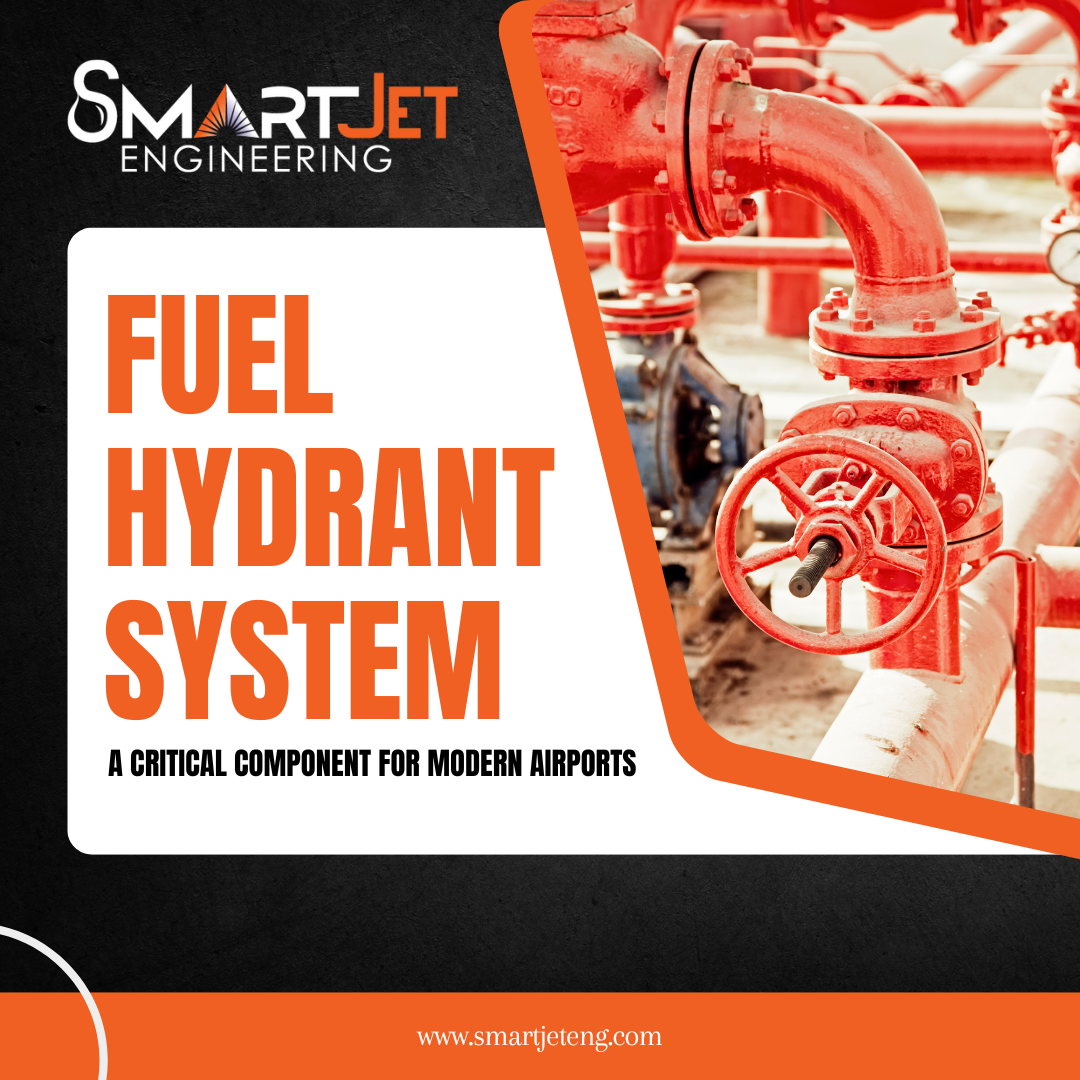How Proper Flow Meter Calibration Can Save You Time and Money
By - Admin
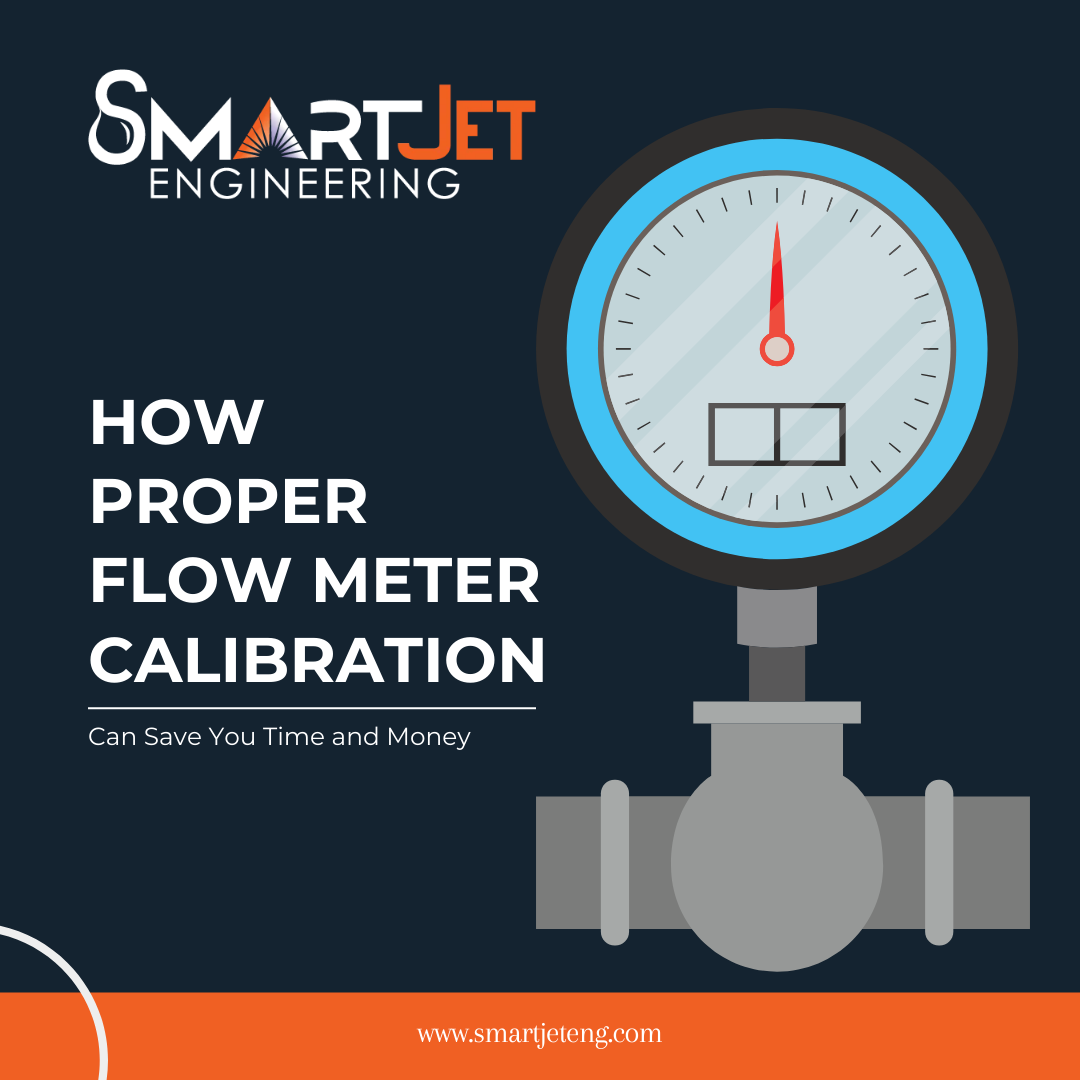
How Proper Flow Meter Calibration Can Save You Time and Money
Flow meters play a critical role in various industries, from manufacturing to water treatment. These devices ensure that fluids or gases are measured accurately, helping businesses manage resources efficiently. However, just like any precision instrument, flow meters need regular calibration to maintain their accuracy. In this article, we'll explore how proper flow meter calibration can save both time and money, while boosting operational efficiency.
What is Flow Meter Calibration?
Flow meter calibration is the process of adjusting a flow meter’s readings to align with a known standard or reference. The purpose is to ensure that the meter accurately reflects the actual volume or mass flow rate of the fluid or gas passing through it. Calibration involves comparing the meter’s readings to a certified measurement and adjusting the meter to correct any discrepancies.
Without proper calibration, even the most advanced flow meters can lose accuracy over time due to wear and environmental factors. That’s why regular calibration is essential to maintain the performance of these instruments.
Types of Flow Meters
Not all flow meters are the same. Different industries and applications require different types of flow meters, each of which has unique calibration needs:
- Mechanical Flow Meters: These meters use mechanical components, such as rotors or pistons, to measure flow. Over time, these components can wear down, leading to inaccurate readings if not calibrated regularly.
- Electromagnetic Flow Meters: These rely on the principle of electromagnetic induction to measure flow. While they have fewer moving parts than mechanical meters, they can still drift over time due to electrical interference or material build-up.
- Ultrasonic Flow Meters: Using sound waves to measure flow, ultrasonic meters require careful calibration to ensure accurate reflection of flow rates.
- Thermal Flow Meters: These meters measure heat transfer from a heated element. Environmental conditions such as temperature and pressure changes can affect their accuracy, necessitating regular calibration.
Why Do Flow Meters Need Calibration?
Even the most advanced flow meters can drift out of specification over time. Factors like wear and tear, temperature fluctuations, and contamination can lead to inaccurate readings. Calibration corrects these discrepancies, ensuring that the meter continues to provide precise measurements.
Regular calibration is crucial to maintaining operational efficiency. When flow meters aren’t calibrated, they can lead to incorrect flow readings, which can cascade into costly errors and resource wastage.
How Calibration Can Prevent Costly Errors
Imagine running a factory where incorrect flow readings lead to overfilling or underfilling products. Not only does this result in wasted material, but it also impacts product quality, leading to rework or customer dissatisfaction. Proper calibration ensures that your measurements are accurate, reducing the risk of these costly mistakes.
Additionally, accurate flow readings help prevent equipment from being overworked or underutilized, which can shorten the lifespan of pumps and other machinery, driving up maintenance costs.
The Impact of Uncalibrated Flow Meters
Using uncalibrated flow meters can lead to significant operational problems. First, incorrect readings can lead to defective products or the misallocation of resources. Second, businesses that fail to meet regulatory requirements for accuracy could face fines or shutdowns. Finally, diagnosing issues with uncalibrated meters often requires time-consuming troubleshooting, which can lead to increased downtime and further loss of productivity.
Benefits of Proper Flow Meter Calibration
When flow meters are calibrated correctly, businesses can enjoy numerous benefits:
- Increased Efficiency: Accurate flow measurements allow for more precise control of processes, reducing waste and improving overall efficiency.
- Better Product Quality: Calibration ensures consistency, which is key to maintaining high product standards.
- Energy and Resource Savings: Accurate flow data helps avoid overuse of energy or materials, leading to cost savings and better resource management.
Calibration Frequency: How Often Should You Do It?
Calibration frequency depends on a variety of factors, including the type of flow meter, the environment it operates in, and industry-specific standards. For instance, flow meters used in critical processes may require more frequent calibration, whereas those in less demanding applications can be calibrated less often.
As a general rule, most industries recommend annual calibration, but it’s best to consult the manufacturer’s guidelines or relevant industry standards to determine the optimal schedule for your equipment.
In-House Calibration vs. Third-Party Services
Some businesses opt to handle calibration in-house, especially if they have the necessary equipment and trained personnel. However, in-house calibration may not always be feasible or cost-effective, especially for smaller companies or those with highly specialized flow meters.
In such cases, outsourcing calibration to third-party specialists can be a more reliable and cost-efficient solution. These experts have the tools and expertise needed to ensure accurate calibration, and their certifications can often satisfy regulatory requirements.
Calibration Techniques: How It’s Done
There are several methods used to calibrate flow meters, depending on the type of meter and the desired level of accuracy:
- Wet Calibration Method: Involves running a known volume of fluid through the flow meter and comparing its readings with those of a reference meter.
- Master Meter Calibration: Uses a certified master flow meter as the reference point to check the readings of the meter being calibrated.
- Calibration with Reference Standards: Involves using precise reference devices or weights to ensure the meter is functioning correctly.
How Calibration Saves Time
Flow meters that aren’t calibrated regularly can lead to unexpected operational downtime, as incorrect readings may require time-consuming troubleshooting. By scheduling regular calibration, businesses can prevent unexpected failures and keep processes running smoothly.
How Calibration Saves Money
When flow meters are accurately calibrated, they reduce the waste of raw materials, energy, and resources. Over time, these savings can add up, significantly cutting operational costs. Additionally, regular calibration minimizes the risk of equipment damage, helping businesses avoid costly repairs and replacements.
Tools and Equipment for Flow Meter Calibration
To perform accurate calibration, technicians require specialized tools, such as precision flow meters, calibration baths, and pressure gauges. Some companies also use automated calibration software, which can streamline the process and reduce the chances of human error.
Common Challenges in Flow Meter Calibration
One of the most significant challenges is environmental conditions, such as temperature and pressure changes, which can affect the accuracy of calibration. Human error is another concern, which is why automated calibration tools are becoming more popular.
Conclusion
Proper flow meter calibration is essential for maintaining accuracy, ensuring regulatory compliance, and optimizing resource use. It saves businesses both time and money by preventing costly mistakes, reducing downtime, and improving overall efficiency. By making calibration a priority, you can ensure that your flow meters deliver reliable and accurate results.
FAQs
Q.1 What happens if I skip flow meter calibration?
Skipping calibration can lead to inaccurate readings, which may result in wasted resources, product defects, or regulatory non-compliance.
Q.2 How long does flow meter calibration take?
The process can vary depending on the type of meter and the method used, but it typically takes a few hours.
Q.3 Is calibration needed for all types of flow meters?
Yes, all types of flow meters require calibration to ensure their accuracy.
Q.4 Can I perform flow meter calibration myself?
If you have the necessary tools and expertise, in-house calibration is possible. However, it’s often more reliable to use third-party services for more precise results.
Q.5 How can I tell if my flow meter needs calibration?
Signs that calibration may be needed include fluctuating readings, equipment malfunctions, or changes in the environment that affect the flow process.






